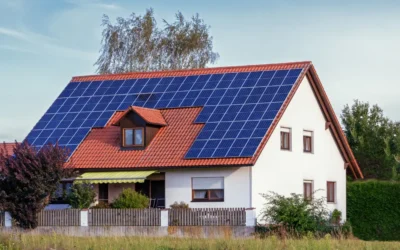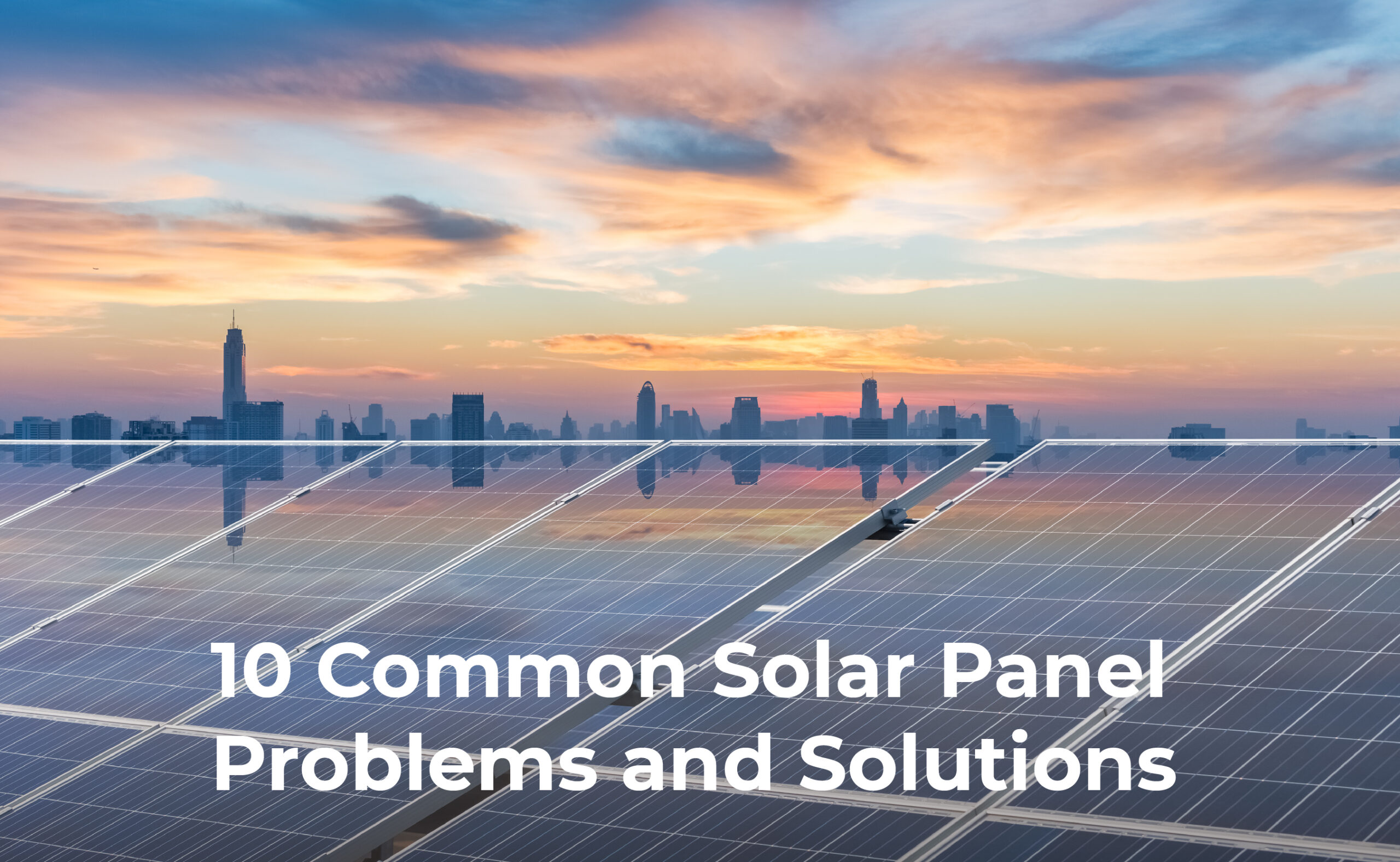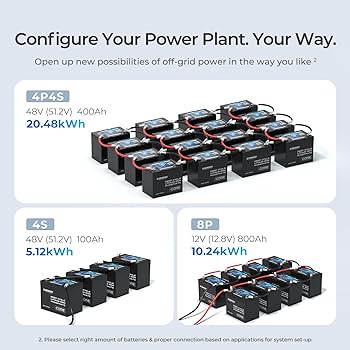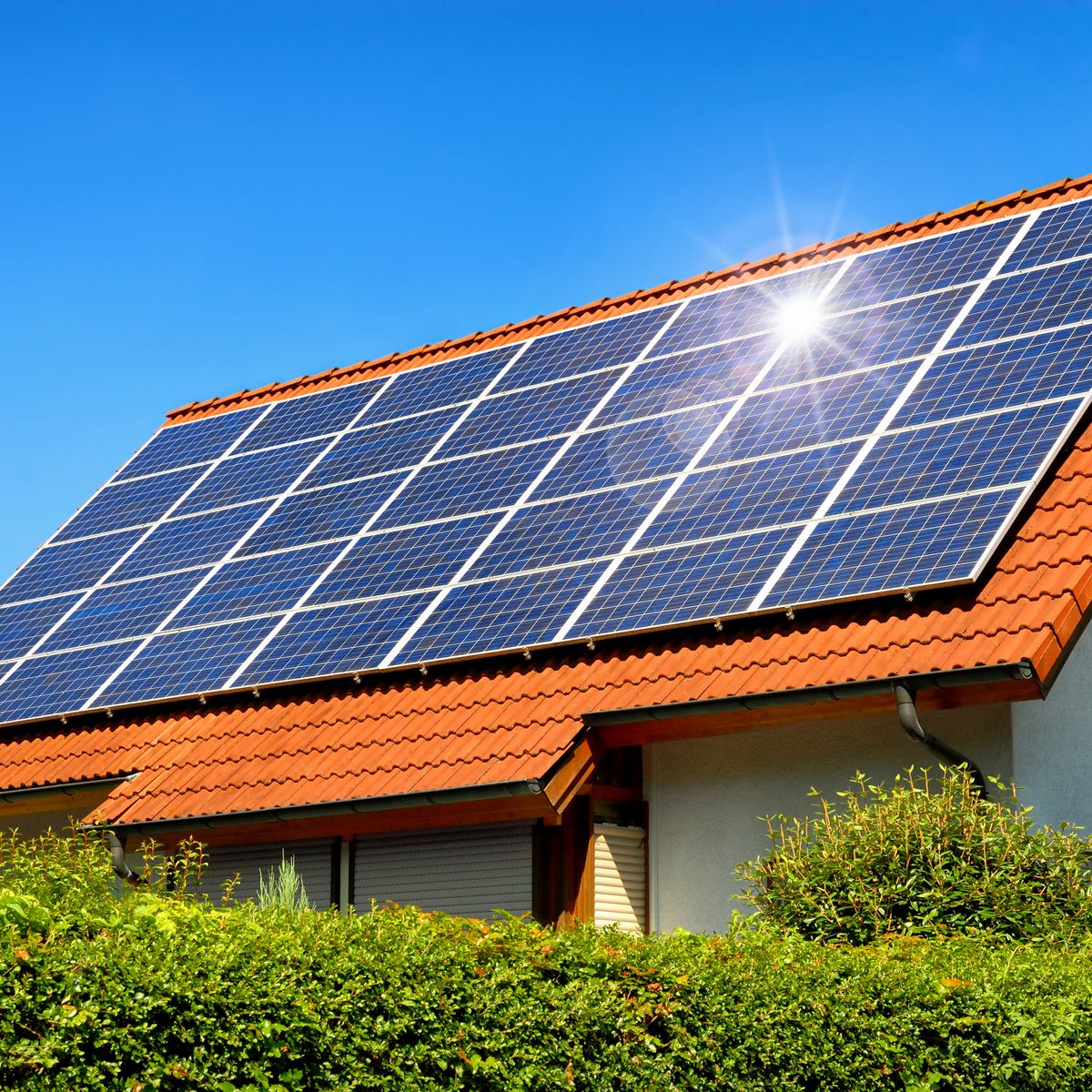The common problems of a solar power system are insufficient sunlight, faulty wiring, and inadequate battery storage. Solar power systems can provide clean and renewable energy, reducing reliance on traditional electricity sources.
However, they are not without their challenges. One common problem is the absence of sufficient sunlight, especially in areas with frequent cloud cover or during the winter months. This can limit the effectiveness of the system and reduce its energy output.
Faulty wiring is another issue that can lead to poor performance or even system failure. It is crucial to ensure that wiring is correctly installed and regularly inspected to prevent any potential problems. Inadequate battery storage capacity is a common concern, especially for residential systems. Insufficient storage can lead to limited power availability during nighttime or cloudy days. Addressing these common problems can help maximize the efficiency and reliability of solar power systems.
Table of Contents
Inefficient Energy Conversion
Inefficient energy conversion is a common problem in solar power systems, resulting in lower power output and reduced efficiency. This issue hampers the system’s ability to harness sunlight effectively, leading to potential energy losses and limited overall performance. Identifying and addressing this problem is essential in optimizing the efficiency and effectiveness of solar power systems.
Solar power systems are an excellent source of clean and renewable energy. However, like any other technology, they are not without their problems. One of the most common issues faced by solar power systems is inefficient energy conversion. This means that the system is not able to convert as much sunlight into usable electricity as it should. This can occur due to various reasons, including dust and dirt accumulation, shading, and obstructions.
Dust And Dirt Accumulation
Dust and dirt accumulation on the surface of solar panels can significantly reduce their ability to generate electricity efficiently. When particles build up on the panels, they create a barrier that prevents sunlight from reaching the photovoltaic cells. As a result, the panels produce less power, leading to decreased energy output. Regular cleaning and maintenance of solar panels are crucial to ensure optimal performance. A simple rinse with water or gentle scrubbing can remove the dirt and keep the system functioning at its best.
Shading And Obstructions
Shading and obstructions can also cause inefficiencies in solar power systems. When solar panels are partially or fully shaded, either by nearby objects like trees, buildings, or even by themselves due to misalignments, the overall energy production decreases. Shading blocks the sunlight from reaching certain areas of the panels, disrupting the conversion process and reducing the output. Similarly, any obstructions that cast shadows on the panels during specific times of the day can hinder their performance. Regular monitoring of the system’s surroundings and prompt adjustment of panel positions can mitigate shading and obstruction issues, ensuring optimal energy conversion.
In conclusion, inefficient energy conversion is a common problem faced by solar power systems. Factors like dust and dirt accumulation, shading, and obstructions can significantly impact the efficiency of energy conversion. Regular cleaning, maintenance, and monitoring of the system can help mitigate these issues and ensure maximum energy output from solar panels.
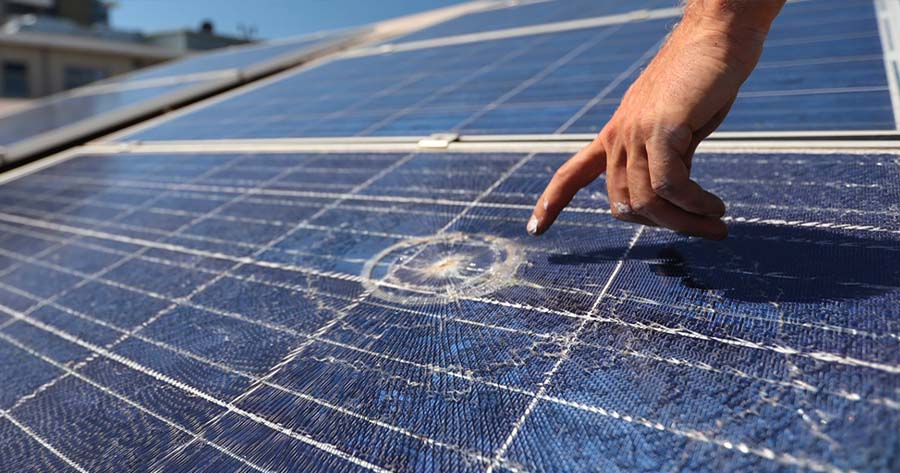
Credit: www.infiniteenergy.com.au
Battery Performance Issues
Solar power systems provide a reliable and sustainable source of energy, but like any technology, they come with their own set of challenges. One of the common problems encountered with solar power systems is battery performance issues. It is crucial to address these issues to ensure the smooth and efficient functioning of the entire system.
Incorrect Battery Sizing
Incorrect battery sizing can lead to various performance issues in a solar power system. When the batteries are undersized, they may not be able to store enough energy to sustain the required load, leading to frequent power shortages. On the other hand, oversized batteries can lead to underutilization and reduced efficiency, ultimately impacting the overall performance of the system.
Aging Batteries
As solar power systems age, the batteries can deteriorate, leading to declining performance. Aging batteries may experience reduced capacity, shorter discharge times, and increased internal resistance, all of which can affect the overall efficiency of the system. It is important to monitor the condition of the batteries regularly and consider replacing them when their performance starts to decline significantly.
Grid Connectivity Problems
Grid connectivity problems can significantly impact the performance and efficiency of a solar power system. In this section, we will explore two common grid connectivity problems that solar power system owners often encounter.
Inverter Malfunction
Solar power systems rely on inverters to convert the direct current (DC) generated by solar panels into alternating current (AC) that can be used to power electrical devices.
However, inverter malfunctions can occur, disrupting the conversion process and causing issues with grid connectivity.
Inverter malfunctions can manifest in various ways, such as:
- Poor conversion efficiency, resulting in reduced power output.
- Inconsistent voltage output leads to fluctuations in the electricity supply.
- Complete failure of the inverter, rendering the solar power system inactive.
To mitigate inverter malfunctions, regular maintenance, and timely repairs are essential. Monitoring the performance of the inverter and promptly addressing any anomalies can help prevent prolonged disruptions to grid connectivity.
3.2 Power Outages
Power outages can pose significant challenges for solar power system owners. During a power outage, grid connectivity is lost, and the solar power system is unable to supply electricity to the connected devices. This can be frustrating, especially during emergencies or situations where a continuous power supply is crucial.
While solar power systems typically have backup mechanisms like battery storage to provide power during outages, prolonged power outages can deplete the battery capacity, resulting in a temporary loss of grid connectivity.
In such cases, it is necessary to have a backup power source or alternative arrangements to ensure an uninterrupted electricity supply.
Regular inspections of the solar power system, including the batteries, can help identify and address potential issues proactively.
Additionally, having a backup power plan and considering the installation of additional battery storage can minimize the impact of power outages on the grid connectivity of your solar power system.
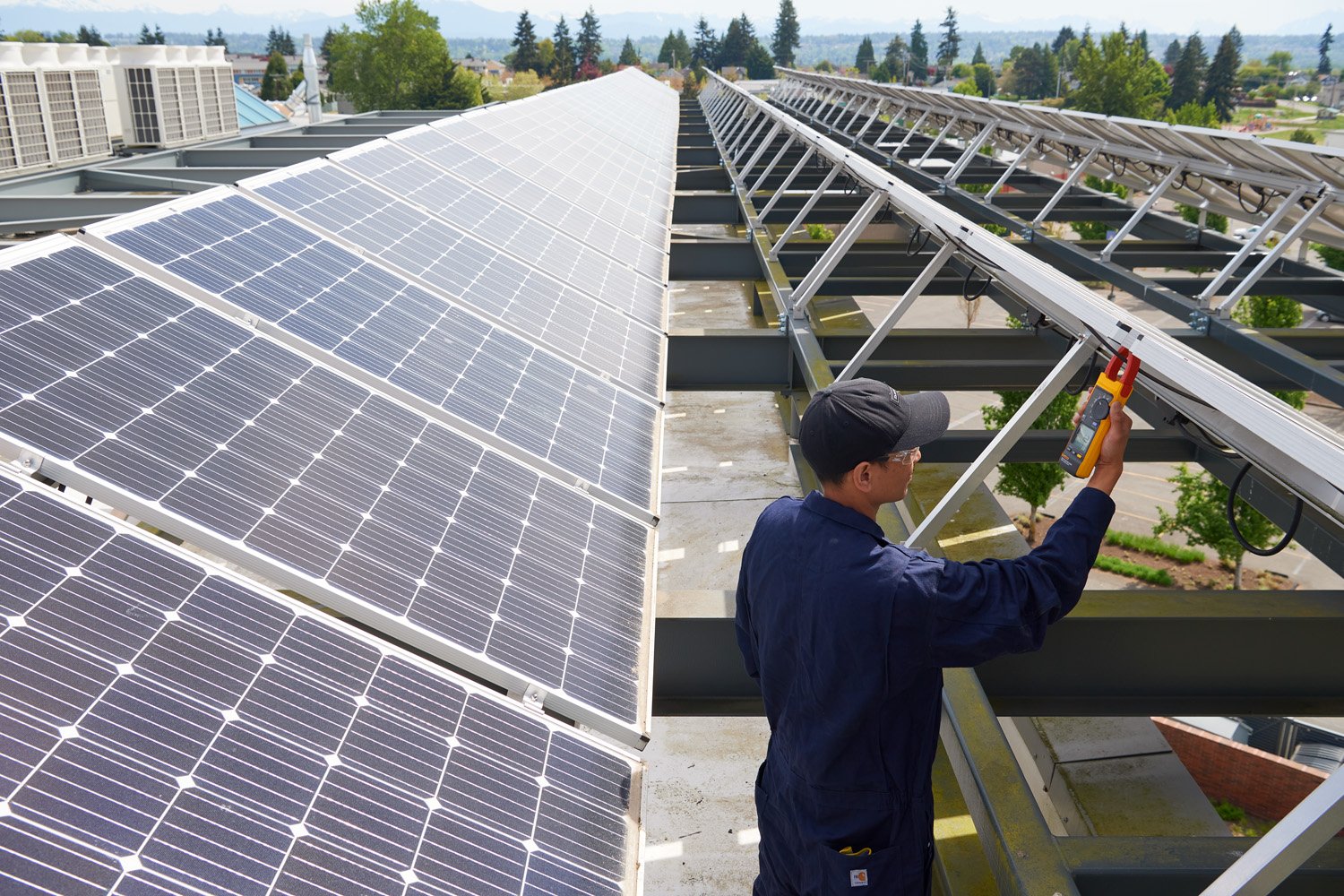
Credit: www.fluke.com
4. Maintenance And Upkeep Challenges
Maintaining and keeping a solar power system in optimal condition is crucial for its long-term effectiveness.
While solar energy is renowned for its low maintenance requirements, there are still several challenges that can arise in the maintenance and upkeep of a solar power system.
In this section, we will explore two common maintenance challenges: lack of regular cleaning and faulty wiring and connections.
Lack Of Regular Cleaning
One of the primary challenges faced by solar power system owners is the lack of regular cleaning. Solar panels accumulate dust, dirt, debris, and even bird droppings over time.
These contaminants create a barrier that hinders the absorption of sunlight by the panels, resulting in reduced energy production.
Regular cleaning is essential to ensure optimal performance and maximize energy output from the solar panels.
To maintain cleanliness, solar panel owners should consider the following:
- Schedule regular cleaning, preferably at least twice a year
- Use non-abrasive cleaning solutions and soft brushes or sponges
- Avoid using harsh chemicals or abrasive materials that can damage the panels
- Ensure safe cleaning practices, such as turning off the system and avoiding direct contact with electrical components
4.2 Faulty Wiring And Connections
Faulty wiring and connections can also pose significant challenges for solar power system maintenance. Over time, exposure to environmental factors such as extreme temperatures and moisture can cause the wiring and connections to deteriorate. Loose connections or damaged wiring can lead to a decrease in energy transfer efficiency or even complete system failure.
Regular monitoring of the system and addressing wiring and connection issues immediately is crucial. Here are some tips to prevent and manage faulty wiring and connections:
- Schedule routine inspections by a qualified professional
- Tighten loose connections as soon as they are identified
- Replace damaged or frayed wiring promptly
- Consider using protective insulation to shield the wiring from environmental elements
In conclusion, proper maintenance and upkeep are essential to ensure the longevity and efficiency of a solar power system. Regular cleaning and addressing faulty wiring and connections are two common challenges that need to be addressed for optimal system performance.
Financial Limitations
Solar power systems offer numerous benefits, but they are not without their challenges. One common problem that hinders the widespread adoption of solar energy is financial limitations. These barriers can make it difficult for many individuals and businesses to invest in solar power systems, despite their long-term advantages.
High Initial Installation Costs
The high initial installation costs of a solar power system can be a significant deterrent for potential adopters. The expense of purchasing and installing solar panels, inverters, batteries, and other necessary components can often pose a substantial financial burden. This initial investment may dissuade individuals and businesses from considering solar energy as a viable option.
Limited Financing Options
Limited financing options further exacerbate the financial limitations associated with solar power systems. Many individuals and organizations may struggle to secure adequate financing for their solar projects. The lack of accessible and affordable financing options can hinder the widespread adoption of solar energy, as potential adopters may be unable to overcome the financial barriers on their own.

Credit: www.linkedin.com
Conclusion
In light of these common problems with solar power systems, it’s essential to stay informed and proactive. Regular maintenance and professional inspections can mitigate these issues and ensure optimal performance. By addressing these concerns, we can maximize the efficiency and longevity of solar power systems, advancing sustainable energy solutions for the future.




